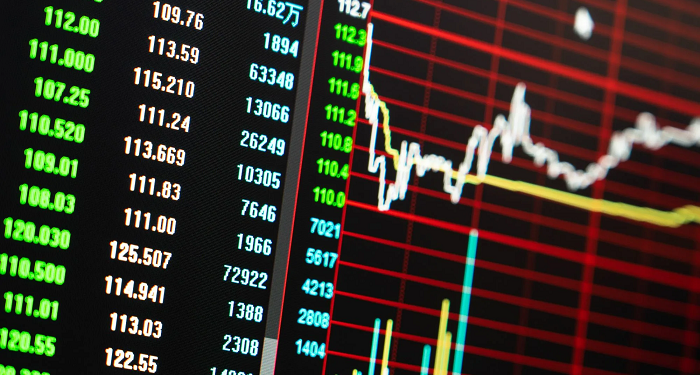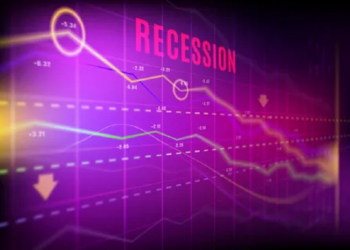A new, dangerous and destabilizing regime is being established in the world economy: decades of the “Great Moderation” are being replaced by a new era of “Great Stagflation” – it is coming for a long time, concludes Professor Emeritus of the Stern School of Business at New York University, the famous “Dr. Doom” Nouriel Roubini.
Beginning in the 1980s, the former regime was characterized by low inflation in developed countries, stable rates of economic growth, and shallow recessions. On the demand side, it was supported by the central banks’ credible inflation targeting policies and relatively conservative fiscal policies. But an even more important factor was the positive developments on the supply side, which increased economic growth potential and lowered production costs (and thus inflationary pressures).
After the end of the Cold War, developing countries began to integrate into the world economy, supplying it with relatively cheap goods, services, energy resources and labor, and geopolitical stability allowed production, along with technology, to flow to where costs were lowest, and not to worry about the safety of investments. All of this has kept costs down, and it is all now being reversed.
The era of the “Great Moderation” showed its first cracks during the 2008 global financial crisis and then during the pandemic-induced recession. Renewed protectionism has limited trade, political resistance to immigration has limited labor flows, and national security concerns have limited the flow of technology, data, and information. Global integration is being replaced by reshoring and friendshoring, stimulated by growing political tensions between countries.
All these factors are stagflationary in nature, coinciding with the demographic turn in both developed and developing countries, including China. The aging of the population increases stagflation trends, as the young tend to produce and save, and the elderly tend to spend their savings.






